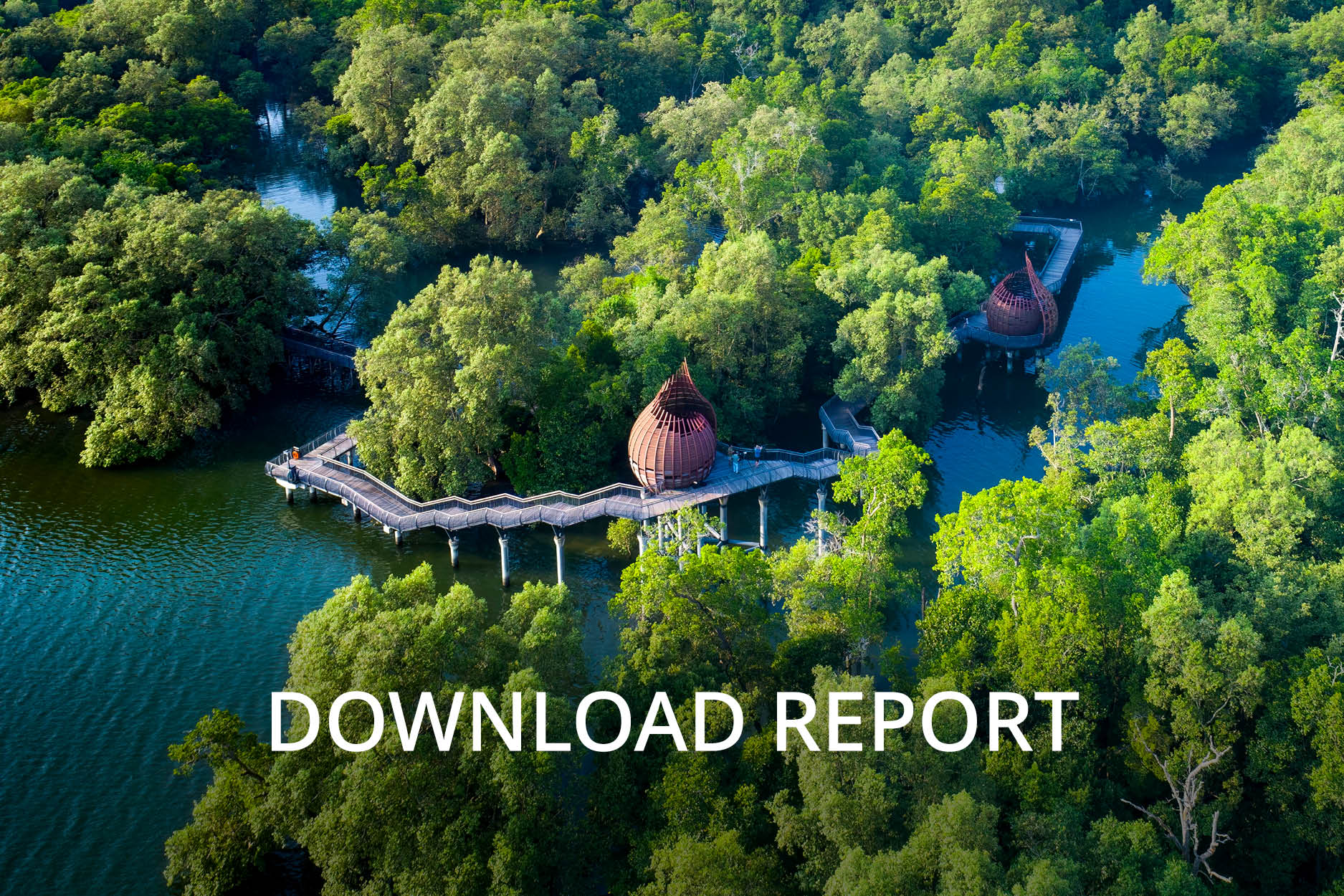Thinking about Giving
When Temasek gathered leaders for a roundtable session on corporate philanthropy on 20th November, the question wasn’t why companies should give, but how. After a buffet lunch and banter, guests from over 20 organisations sat down for some serious discussion on the intricacies of doing good. Temasek Cares kicked off the session with a video presentation of recent community programmes including the Stay Prepared campaign, before invited panellists from a diverse range of businesses spoke about their company’s efforts and experiences.
The theme for the session was strategic giving. From lens manufacturer Essilor International to energy provider Singapore Power and DBS Bank, each had a unique set of circumstances but all agreed on the basic tenets: that philanthropic efforts had to be about driving change and staying sustainable in the long term. It was agreed that incorporating a business perspective was key – identifying the needs of the community first and foremost, leveraging the company’s own resources, working with committed partners, and having goals that were measurable and realistic.
Indeed, sustainability was the catchphrase for the year following the inaugural Ecosperity conference in September this year. Effecting environmental change ultimately requires a coherent, long-term strategy; so it is that seeing the good emerge from doing good requires the same sustainable outlook.
We asked several business leaders for their thoughts on strategic giving and what their companies were doing on this front.
What does the term ‘strategic giving’ and sustainability mean to you?
Mark Devadason, Group Head of Sustainability, Standard Chartered Bank
I like to think of sustainability as embracing the entire organisation. Standard Chartered has a brand promise – “Here for good” – it’s central to all the things we do here. So I’ve got three major themes around sustainability. First, as a bank, how do we use our products and services to drive sustainable economic growth? Next, how do we incorporate good corporate practices to drive responsible behaviour as a company? It is only then that we can focus on investing in communities; we have to be in business first and ensure we are a good long-term company reinforcing “Here for good”.
Jayanth Bhuvaraghan, Chief Corporate Mission Officer, Essilor International
Any project that we support has to be driven by a strong purpose and has to be well aligned with our corporate mission and long term strategy. You can’t perennially fund projects, so we pick those with the capacity to run sustainably and keep creating value in the long term. This value can be in terms of job creation, poverty alleviation and various other metrics. We evaluate projects like we valuate business – on various performance metrics – and we monitor them to make sure that they can create long term impact.
How does ‘strategic giving’ shape your organisation’s objectives?
Richard Magnus, Chairman, Temasek Cares
Our programmes are motivated by a passion and love for the beneficiaries, for the people whom we serve. That’s important. Aside from that, we ensure that the programmes are actually meaningful to them. It is services that they need. We want to make sure that it makes a significant and dominant difference to them. To achieve this, we identified the needs of the community and have conversations with potential beneficiaries. We asked them questions like, “What is it that you would like to do for yourself?” We gathered all the feedback and put it together into a coherent framework and connect with various service providers and government agencies to develop purposeful programmes that are aligned with the needs on the ground. And that’s essentially a strategic giving as practiced by Temasek Cares.
Can you share some things your organisation has done in terms of strategic giving?
Jeanne Cheng, Managing Director, SP Services
We anchor our CSR program on 3 Es. The first ‘E’ is helping the elderly through our Heartware Fund, which recognizes the challenges that the elderly would face in a fast ageing population. The other ‘E’ is energy efficiency. We run programs such as the Energy Efficiency Centre where we invite school children to visit the centre as part of their learning journey. We also conduct roadshows and develop apps that enable households to do their own energy audits and set targets to reduce their consumption. The third ‘E’ is in the area of emergency preparedness which includes safety. The Stay Prepared campaign with Temasek Cares and SingPost was one initiative. We’re also looking to help clear clutter from rental homes – those one or two room flats – which could pose a safety hazard. We also hope to educate these elderly staying alone of the hazards of gas stoves and so on, so that they can be more aware of these risks.
Tan Seng Chai, Group Chief Corporate Officer, CapitaLand
Our philanthropic hub is called CapitaLand Hope Foundation, which we annually give up to 0.5% of our net profit to fund various programs with focus on underprivileged children. Most prominent is the building of the Hope School. Today, we have built 24 such Hope Schools in China and one in Vietnam, with a big emphasis on education. We also focus on the other two aspects that we believe underprivileged children would need as part of their growth, one being healthcare and the other being shelter.
